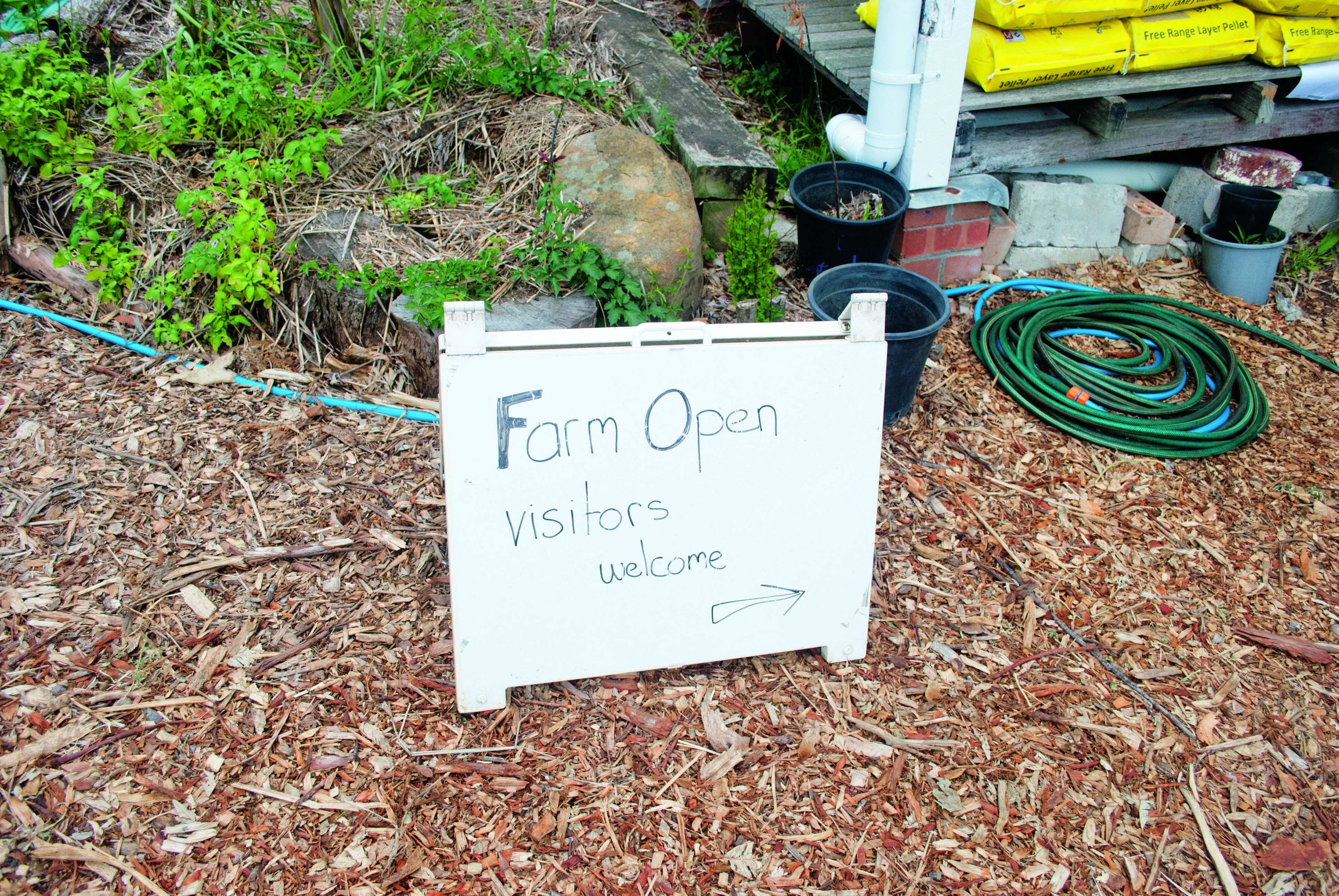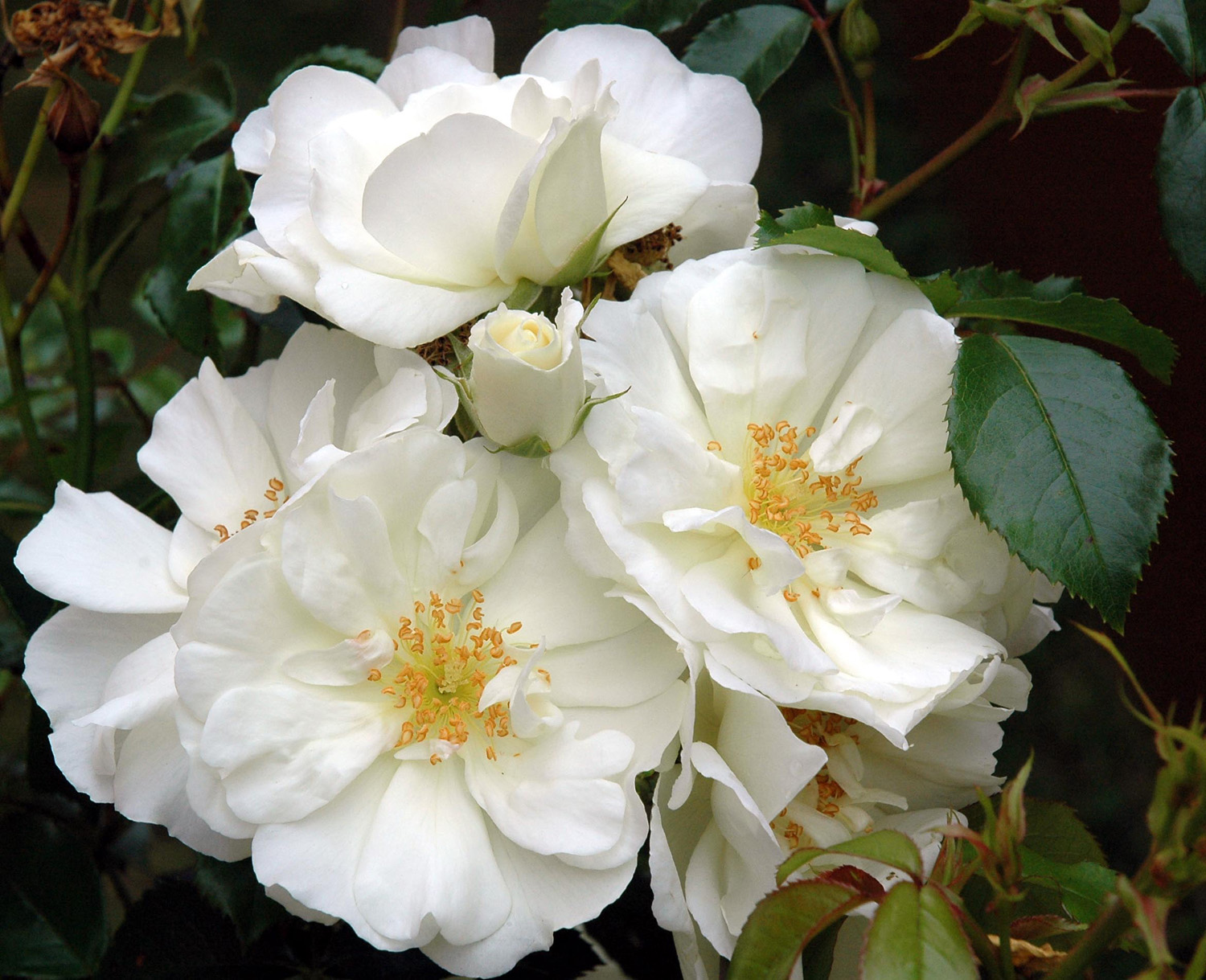Tucked away between suburban houses is this surprisingly productive food garden, which is now growing into a small farm business
As we walk down the side driveway of this hilltop home in Bulli, the only noteworthy feature is a handwritten sign welcoming the public and separating the home from its surrounds. Looking for signs of life, we pass some orderly wooden planter boxes and continue down a meandering footworn pathway that leads under a canopy of trees. Finally, with the faint shouts of children in the distance guiding us, we spy Luke, the farm manager, as he leads a family past the hillside chicken coops. Luke later explains that Saturdays are open days when community members can visit the farm. He tells us it’s a great chance for people to hand-pick their produce and teach their children to respect the history that exists behind every lettuce.
Luke describes himself as a Bulli local — a suburb on the NSW South Coast. While waving goodbye to the family and leading us to some shaded wooden stumps, he shares how his love of gardening started with wanting to make life simpler after becoming disillusioned with the level of waste in our society.
He began his journey by volunteering for a reforestation project in India where he witnessed a former high-powered mechanical engineer from Israel walk away from what he knew to live according to his values. With a grin, Luke recalls how the local village dubbed this man “the water god” because his reforestation project had raised the water-table and refilled their wells.
When Luke returned from India, he undertook a permaculture course and started volunteering at community gardens and a local food co-operative. As a big believer in learning from others’ mistakes, his involvement in the community gardens helped him develop a grassroots knowledge of gardening as well as what plants were suited to his area. The local food co-operative, a volunteer-based not-for-profit business that sells locally sourced organic produce, was similarly integral to Luke’s gardening journey. It introduced him to the economics of food production, the need for consistency in products for businesses and what produce his community desired.
During this volunteer work, Luke learned that the closest locally grown produce was 40 minutes away. It was also where he met Marina, the co-founder and owner of his suburban farm. Similarly dissatisfied with the limited availability of locally produced food, Marina bought a 1.5-acre property and gave over the backyard for Luke to turn it into the thriving community farm it is today.
Luke’s approach
Luke explains the strangely haphazard layout and bushland feel of his garden. Looking over at one of the monolithic trees giving us shade, he says, “Early on, I learned the value of a good tree.” In response to questioning looks, he clarifies that one of the first principles of permaculture is to observe and interact with your environment. He explains that a garden is an ecosystem of many interconnected parts, all serving their purpose in the health of your produce. “You need to work with your environment,” he says, pointing out that the natural trees help prevent soil erosion and manage water flow in the area.
Luke has used this principle to guide his approach to gardening in a multitude of ways. The vegie patches are all raised and surrounded by bushes, which help to disperse water and regulate water flow in an area prone to flooding. The multiple chicken coops and their hilltop locations allow the chooks to do much of his composting. He simply tosses in the organic scraps at the top of the hill and the chickens scratch it in down the hill. This allows him to gather the compost that’s rich in chicken waste at the bottom of the hill whenever needed. His approach also helps manage pests by promoting the presence of small predators, such as frogs and birds.
Asked what else was important for the success of a garden, Luke says, “Look to the soil.” He believes soil health is the most important aspect of a garden. Plants need food to grow and they use up the nutrients in the soil. Being an avid practitioner of waste minimisation, he gathers food scraps from community members and businesses, and seaweed from the beach, and uses his chickens’ waste to create compost that replenishes nutrients in the soil.
Soil health is also the reason for the wide variety of produce grown. Since different plants need different nutrients, this variety can help ensure vital nutrients aren’t exhausted and different plants can put different nutrients back into the soil.
Luke’s produce
As he guides us out from under the canopy and onto the raised wooden pathways connecting the garden beds, Luke lists some of the produce on his farm: eggs, honey, lettuce, kale, cabbage, cauliflower, zucchini, leeks and shallots. He adds that the silver perch in the aquaponics system are also up and coming, as are shiitake and oyster mushrooms.
Despite all the benefits of a varied garden, Luke says it can result in lower yields, making it difficult to sell to stores. “I’ve gotten around this problem by having the honesty box out the front and the Farmers by Choice Facebook page, which help to sell the produce,” he explains. He also mentions plans for vegie boxes, where community members buy a stake, have an input into what is grown and regularly receive a box of produce when it’s ready.
When choosing a new crop for the garden, Luke considers a number of factors. “First, you need to find a niche,” he says, explaining that this means a location where you want to introduce a new plant. “You assess this area and decide what types of produce would work well with the space and sunlight. Once this is done, I think about what would fit with the rest of the farm and contribute to the overall health of the garden, while reducing wastage.”
Finally, Luke chooses what to grow based on what his community wants and what would reap a good profit. This ensures there is no wastage and helps cover the costs of his suburban farmland experiment.
Luke’s top tips
Don’t get your heart set on what you want to grow before you start. You need to plant based on your location and the space you have.
Focus on the health of your soil and get as much organic matter into it as possible. Use what you have available: we use food scraps, seaweed and chicken manure.
Learn from growers in your community. They know what works in your area.
Keep records of everything you try. This way you’ll know what works and what doesn’t.
Grow a variety of plants and, if possible, have animals, such as chickens. This helps to prevent exhausting nutrients in the soil and manages pests.
Luke sells much of his produce through the Farmers by Choice Facebook page. This site is run by community members dedicated to providing information on locally grown crops using permaculture principles. To find out more, you can visit: facebook.com/farmersbychoicebulli
Written by Andrew Pietrini
Photography by Connie Leung
Originally from Good Organic Gardening Volume 7 Issue 6





















